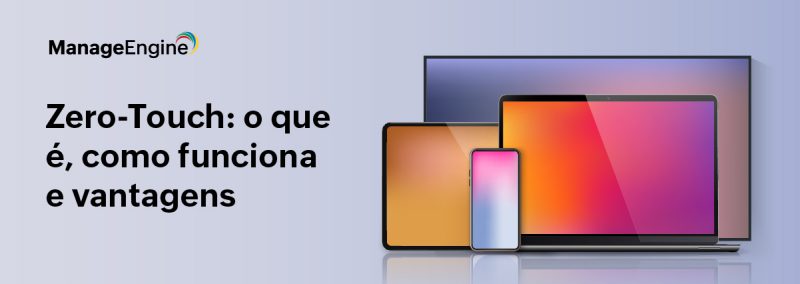The first ever computer for home use with a GUI was released by Apple in 1983, and was billed Lisa. Although Lisa was a failure, Apple struck gold when the iconic Apple II was released in 1984. Since then, Apple went on to make some of the most memorable devices, and has garnered a cult status for itself for good reason. As Apple grew in popularity, developers thronged to write software for Apple and the most notable among them was Microsoft.
A few years later, Microsoft released its first major version of an Operating System named Windows 1.0. Windows was then competing with the likes of Graphics Environment Manager (GEM), VisiOn and IBM’s Top View, before it took off and found increasing support from 3rd party developers. Windows 2.0, which borrowed heavily from Apple’s overlapping windows interface released in 1987, was very well recieved. This, coupled with Microsoft’s licensing strategy helped them corner the market much more quickly than Apple.
Circa 2013, 30 years since their major commercial release, Apple is today considered to be the most valuable technology company. They have a sizable chunk in the smartphone and the tablet market, and are selling more computers than ever. And all this, without any aggressive Enterprise centric strategy. After discontinuing the Apple Xserve, a rackmounted server, it was announced that the Mac Pro Server would be the Xserve’s replacement. Apple does not have an Enterprise division, nor do they give out huge corporate licensing deals. In contrast, Microsoft’s Enterprise division does a business of $24 billion. Microsoft’s largest deals come from the Enterprises, and they recognise the importance of catering to this market. Is it time for Apple to take a serious look at Enterprise related solutions?
Not many companies are in a situation in which Apple is in today. Apple faces the “happy” problem of having a loyal patronage from business users, who are forcing the company’s entry into Enterprise. The good news is Apple is not averse to Enterprises. It recognises the importance of this market and has some MDM solutions in place tailored for the Enterprises, which (actually) helped iOS become the Mobile OS of choice for Enterprises, usurping the position enjoyed by RIM for a very long time, with very little effort.

A lot of under the hood additions aimed at Enterprises have been introduced in iOS 7.
The iOS Developer Enterprise Program is one such example where Apple understands the needs of Enterprises. The iOS 7 announcement reaffirms Apple’s growing focus on Enterprise. With new features like Per App VPN, Streamlined MDM enrollment, and Enterprise single sign-on, Apple is making headway in the Enterprise segment.
However, most of the Enterprise focused solutions by Apple are iOS centric. What happens to its desktop OS, OS X? OS X’s adoption rates have been on the rise, and Apple now enjoys a healthy 26.6% share of the market. As more and more people are buying in to the Apple ecosystem, the more pertinent it becomes for Enterprises to be ready to manage these systems.
Many employers encourage their employees to bring their own devices to work for various reasons, and there’s a wide spread influx of Apple devices into the Enterprises. Enterprise Mobility Management becomes a challenge, but that’s a small price to pay for the increase in productivity. Having said that, Enterprise IT has a lot of requirements. Tools are required for quick deployment of software and patches, management of Active Directory (again, a Microsoft Standard) among others. There are a number of solutions that focus on these requirements as well, like ManageEngine’s own Desktop Central, which deploys OS X Patch updates, but they are far and few, when compared to the alternatives available on Windows. But again, there could be a spike in the number of such tools once the penetration of Apple devices increases.
Another area where Apple scores over Microsoft is security. Enterprises are paranoid about security, and will go to any lengths to protect their data. RIM’s (now BlackBerry) BlackBerry Enterprise Service (BES) was widely used for its robust encryption system, and the security it offered. Apple managed to wrest control of that market from RIM in no time, and that says a lot about the trust which Eplace in Apple’s ability to handle security. It is not for nothing that 3 years back Google switch from using Windows machines to Linux and OS X machines internally, after a security scare caused by Chinese hackers.
The release of Windows 8 could not have come at a better time for Apple. There is an increasing amount of skepticism about Windows 8, and the uncertainties which come with it. Enterprises whose Windows license agreements have to be renewed may consider the alternatives, Linux and OS X, which also have better security.
Both analysts and tech pundits follow every move that Apple makes and for a good reason. They’ve managed to create a niche for themselves, and their products are loved by millions across the world. Nothing stops Apple from becoming a dominant force in the Enterprise segment in the coming years.
For all you know, Apple could be the dark horse waiting to capture the Enterprise market.

